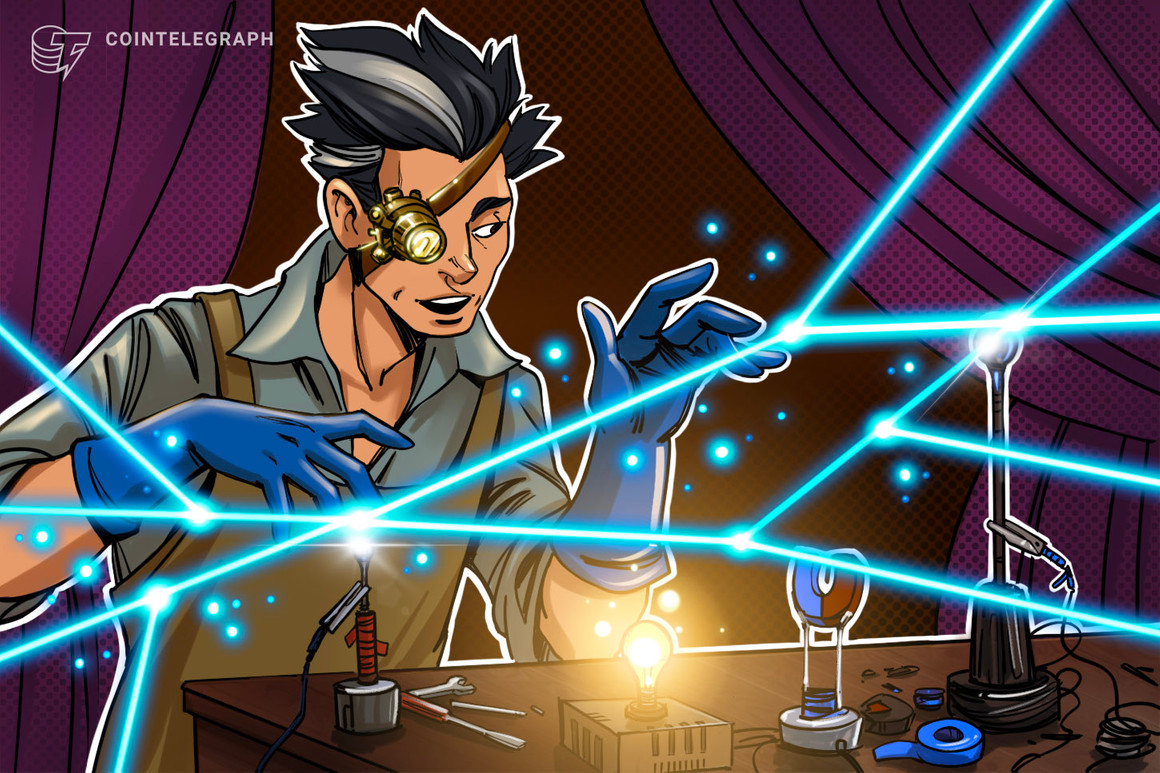In a previous article, I discussed the evolution of Web3 economies and current volatility, focusing on the participatory nature of Web3, which is the
In a previous article, I discussed the evolution of Web3 economies and current volatility, focusing on the participatory nature of Web3, which is the foundational technology enabling the creator economy.

The term “metaverse” — meta and universe — often describes the anticipated future iteration or evolution of the internet powered by Web3 technologies like blockchain and decentralized resource distribution and consumption principles. Although the focus has often been on metaverse modalities such as augmented reality (AR), virtual reality (VR), gaming, Second Life, avatars and so forth, in my view, these modalities represent an interesting evolution or shift from the digital transformation of recent decades to the “transformation of digital.” That is exactly what the Metaverse aims to achieve. It might seem abstract and clunky today, but if we dissect the components that make up the Metaverse, we get a glimpse of a transformed digital future.
Our identity can persist with our avatars and AR/VR representations and be certain, deterministic and applied with non-repudiation. The things we value are represented in the form of tokenized assets with valuation vehicles that not only prevent double-spending but also leverage blockchain as a transaction system, which brings the fundamental tenets of blockchain (trade, trust and ownership) to the Metaverse. The avatars that represent us can interact with various universes and their value systems, and we reserve the right and ability to monetize our data, effort, talent and all the value they generate. And, as our representation traverses various modalities — such as our avatars via VR to in-game representations — we can use things we value and apply that to an economic and value system of our choosing.
Related: Basic and weird: What the Metaverse is like right now
The vision and foundation of metaverse success relies upon seamless interoperability and the transfer of value (tokenized or other semantic web constructs) across universes supported by layer-1 and layer-2 networks. All of this supports the interactive modality I see in the Metaverse. So, we have a lot of work to do. We should look at the commercial aspects of the Metaverse and how it is monetized today and presents an opportunity to conduct business tomorrow.
Monetizing the Metaverse: How do we do business in the Metaverse?
Because Web3 and the Metaverse deal with a construct of tokenized value, we need to look into the financial aspects as a starting point. For instance, an area of my focus is what financial services mean in the Metaverse. We see pervasive financialization of NFTs and the emergence of other asset classes, but what does it mean to monetize the Metaverse? Let us break it down into consumable monetization categories to understand this better.
Category 1: Commercializing protocols
This category represents the current landscape of infrastructure and projects that rely on community development and broader infrastructure development and support services. These projects monetize in the following ways:
- Token-based models: Operation fees to write to the blockchain-powered business network’s distributed database.
- Tokens as a medium of exchange: Lending or selling a token as a “step-through” currency, such as with in-network tokens.
- Asset-pair trading: Monetizing margins.
- Commercialization of the protocol: Technology services including cloud and software labs and consulting services.
- The power of networks: Extrapolating the power of networks and exponential power of co-creation models, leading to new business models and resulting in economic value.
Related: The metaverse will change the paradigm of content creation
Category 2: Simple token sales
While broad, the second category applies to the majority of projects that rely on token sales. Tokens are used as a funding mechanism to fuel development. In many cases, these fit a classical definition of security, which is a token sale with a profit expectation. While these tokens can be viewed as in-network token currency, the expectation is that if they become ubiquitous, that ubiquity subsequently extends itself to fungibility and these tokens take on the status of a currency. These concepts are laden with new terms, definitions and twisted economic models and often face regulatory headwinds, but we are just discussing the state of the industry as it evolves.
One of the subcategories here is nonfungible tokens (NFTs), where the NFT as an asset class begins to surface as a symbol and community belief instrument, valued by a section or subsection of the community. In gaming, for instance, there are game artifacts; in other ecosystems, they represent art, identity or a substrate of a niche social movement. NFTs seem attractive investment instruments with symbolism and cultural obscurity. We have seen this transformation fuel the end goal of the Metaverse, and NFTs have become a de facto representational instrument in the parallel digital realm.
cointelegraph.com
